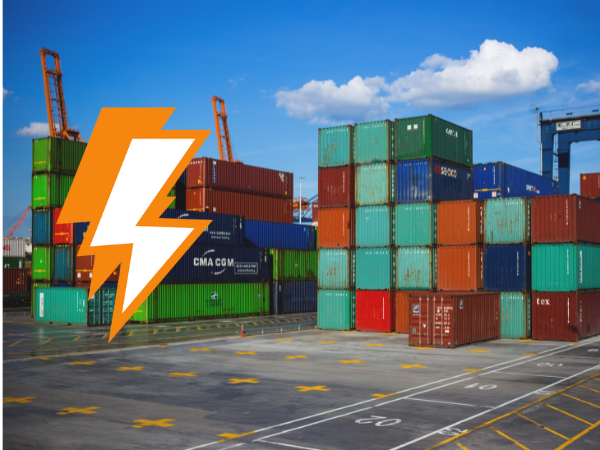Annual report “Italian Maritime Economy” – The new challenges of ports in the Euro-Mediterranean area. The crisis in the Red Sea and the transformations imposed by green models.
The report outlines the new competitive scenarios and structural transformations of the maritime sector in the Euro-Mediterranean area. Its main HIGHLIGHTS are (source: https://www.sr-m.it/):
- Positive forecasts: global maritime trade increased by 2.2% in 2023, reaching 12.3 billion tons, and is expected to grow by 2.4% in 2024 and 2.6% in 2025. The situation in the Red Sea does not interrupt the flow of maritime transport.
- Mediterranean always a protagonist: Consensus estimates predict, despite conflicts, an average annual growth of Mediterranean container traffic of just over 3% by 2028, compared to the world average of 2.5%.
- Mare Nostrum leading in Short Sea: Short sea shipping recorded the highest ever level in Europe in the Mediterranean, with nearly 600 million tons handled.
- Continued tensions: Between January and June 2024, average daily transits through Suez decreased to 37 passages from 71 the previous year. The most affected were container ships (-69% of passages), car carriers (-84%), and LNG (-93%).
- Freight rates rising: According to the Drewry World Container Index (DWCI), the value of container freight rates exceeded $5,100 on June 20, 2024, an increase of over 233% in one year.
- Continued horizontal and vertical integration of logistics: The top 20 container shipping carriers in the world have nearly doubled their market share, from 48% in 2012 to 91% in 2024. Vertical integration processes (M&A within the supply chain) saw investments of 5 billion euros in 2023.
- The challenge of alternative fuels for shipping: The use of alternative fuels has continued to progress, with 6.5% of the fleet in navigation able to use new, less polluting propellants. This percentage is expected to reach 25% by 2030. As of July 2024, 50.3% of all orders are for ships using alternative fuels (in 2017, this share was only 10.7%).
- Italian ports and shipping always protagonists: 28% of import/export value and 50% in quantity use ships; Ro-Ro (Roll-on/Roll-off) is an Italian excellence with a 56% growth over the decade.
- Southern Italy as a strategic area for the country: 47% of the country’s maritime traffic passes through the ports of the southern regions.
- Investments in intermodality and green models for growth: Investments of 80 billion euros are needed to make Europe a more efficient and greener port model.


 Download PDF
Download PDF